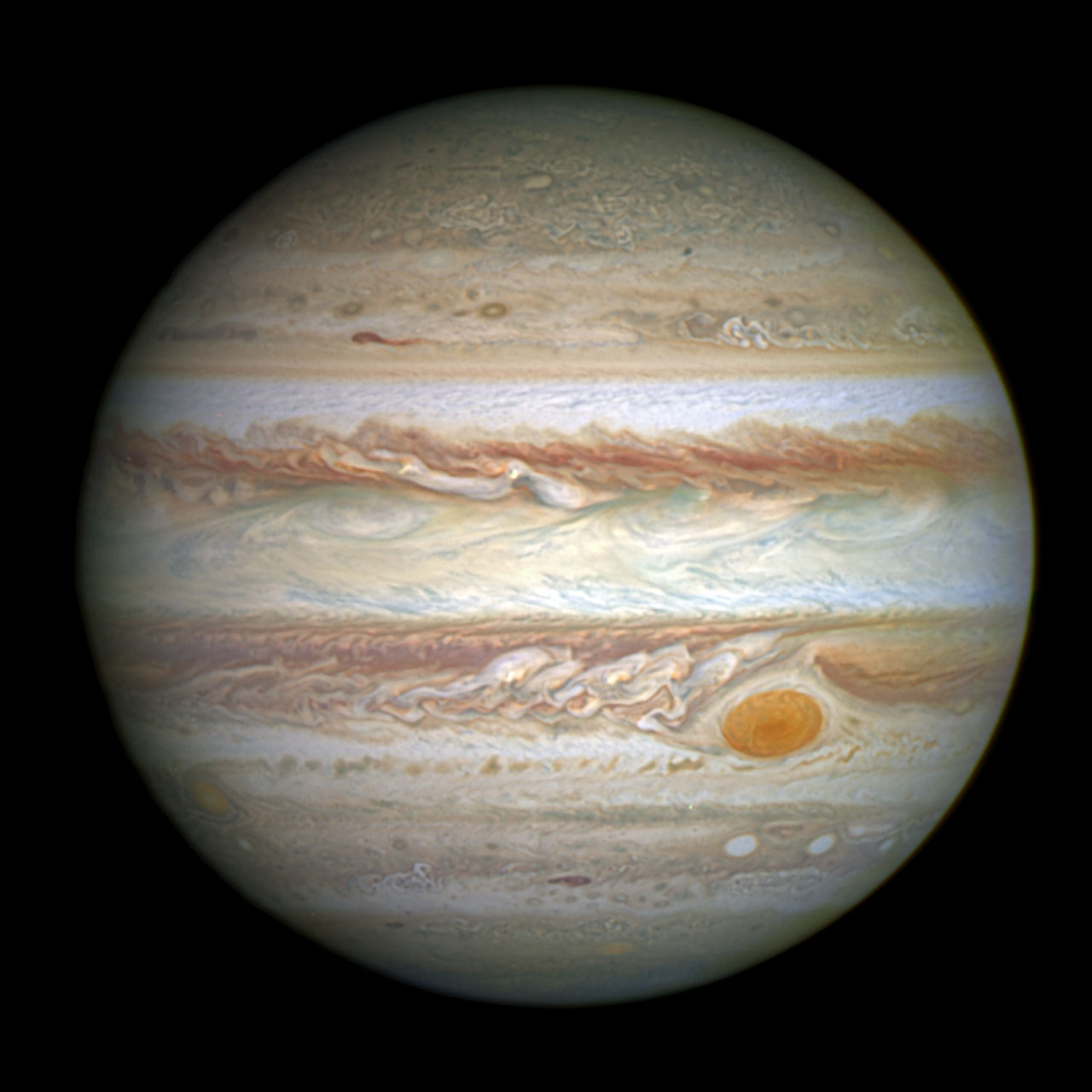Jupiter’s Great Red Spot one-and-a-half Earths wide: NASA
Tue 12 Dec 2017, 20:35:47

Jupiter’s Great Red Spot — the solar system’s most famous storm — is almost one-and-a-half Earths wide and penetrates about 300 kilometres into the planet’s atmosphere, according to data collected by NASA’s Juno spacecraft.
Other revelations from the mission include that Jupiter has two previously uncharted radiation zones, NASA researchers said.
“One of the most basic questions about Jupiter’s Great Red Spot is: how deep are the roots?” said Scott Bolton, Juno’s principal investigator from the Southwest Research Institute in the U.S.
“Juno data indicate that the solar system’s most famous storm is almost one-and-a-half Earths wide, and has roots that penetrate about 300 kilometres into
the planet’s atmosphere,” said Bolton.
the planet’s atmosphere,” said Bolton.
The science instrument responsible for this in-depth revelation was Juno’s Microwave Radiometer (MWR).
“Juno’s Microwave Radiometer has the unique capability to peer deep below Jupiter’s clouds,” said Michael Janssen, Juno co-investigator from NASA’s Jet Propulsion Laboratory.
“It is proving to be an excellent instrument to help us get to the bottom of what makes the Great Red Spot so great,” said Janssen.
Jupiter’s Great Red Spot is a giant oval of crimson- coloured clouds in Jupiter’s southern hemisphere that race counter-clockwise around the oval’s perimeter with wind speeds greater than any storm on Earth.
No Comments For This Post, Be first to write a Comment.
Most viewed from Specials
Most viewed from World
AIMIM News
Latest Urdu News
Most Viewed
May 26, 2020
Can Lionel Messi's visit boost Indian football?
Latest Videos View All
Like Us
Home
About Us
Advertise With Us
All Polls
Epaper Archives
Privacy Policy
Contact Us
Download Etemaad App
© 2025 Etemaad Daily News, All Rights Reserved.





































.jpg)
.jpg)
.jpg)


